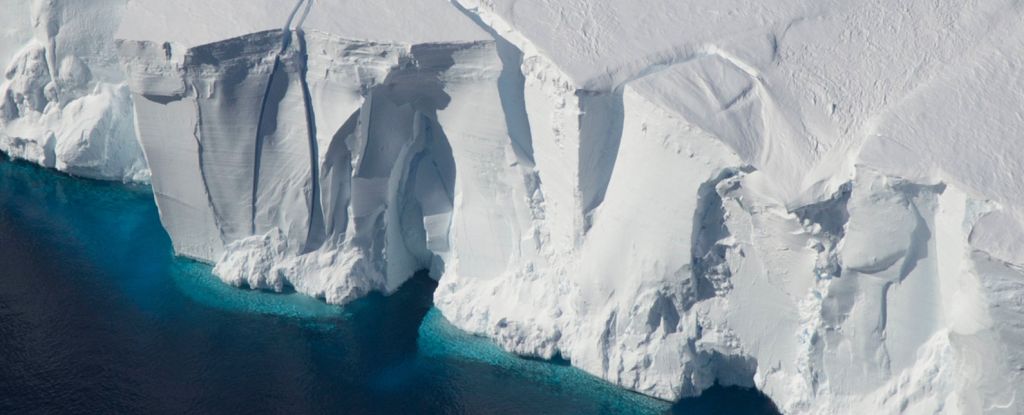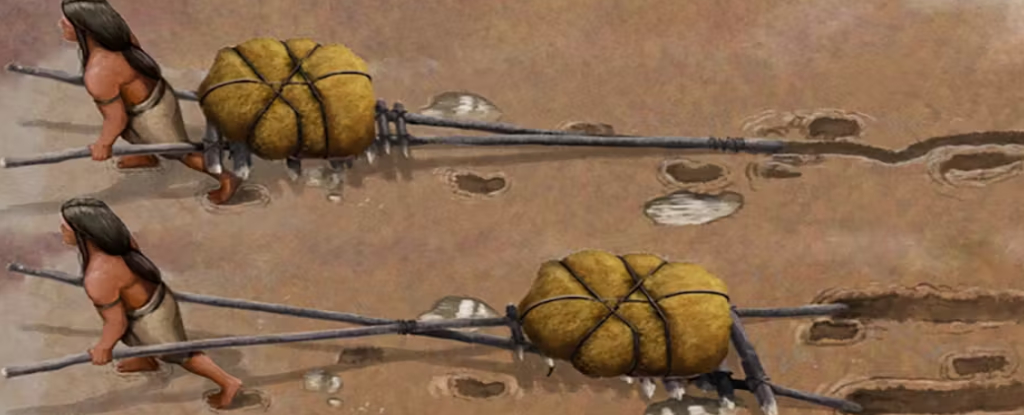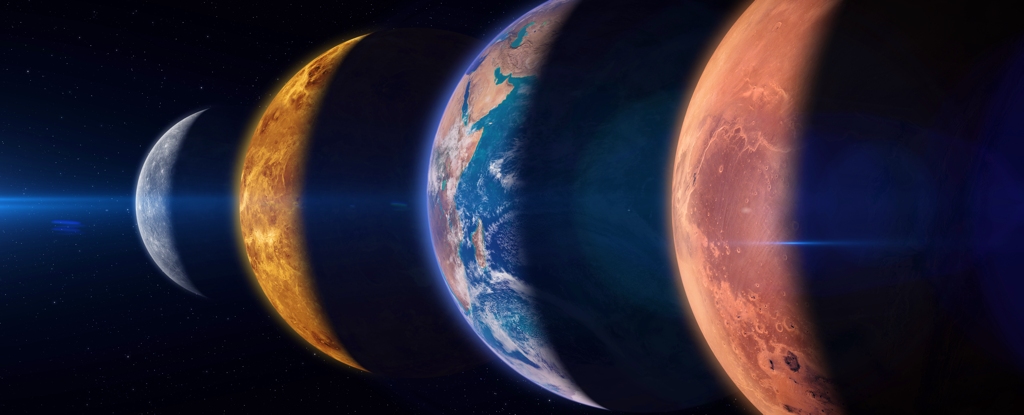News Desk

After an intense study of the mammoth’s genetic code, scientists have engineered ‘woolly’ mice with altered fur thickness, color, and texture to recreate the extinct elephant’s adaptations to the cold. The study can be found at bioRxiv.
The Andromeda Galaxy…is surrounded by a swarm of nearly 3 dozen dwarf galaxies, which circle it like bees around a hive. These “satellite galaxies” have been studied in unprecedented detail in a new paper published in the Astrophysical Journal.

Water may have first formed 100–200 million years after the Big Bang, according to a modeling paper published in Nature Astronomy. The authors suggest that the formation of water may have occurred in the universe earlier than previously thought and may have been a key constituent of the first galaxies.

Archaeologists in China have discovered a 2,800-year-old fortified wall that predates the country’s first emperor.
A study conducted in Switzerland examined changes in empathy among depressed individuals following a single dose of psilocybin. Participants who received psilocybin demonstrated substantial improvements in emotional empathy compared to the control group, which received a placebo. These improvements lasted for at least two weeks after treatment. The paper was published in Molecular Psychiatry.

New research has demonstrated the precise relationship between past ice ages and each wobble, tilt, and angle of the planet’s path, unlocking a new tool for predicting the future fluctuations of our global climate. The team’s research has been published in Science.

An “extraordinary” timber circle believed to be thousands of years old and connected to Stonehenge in England has been discovered in the ground in Denmark.
The earliest evidence that humans inhabited rainforests has been found in Africa, a surprising find which pushes human settlement in these habitats much further back than previously thought…As a result, rainforests have often been overlooked as important habitats in the evolution of early modern humans. New research published in Nature has put a dent in this assumption.

How a pandemic travel restriction led to a revolutionary discovery about early humans.

Its ruddy complexion is the defining characteristic of Mars, the idiosyncrasy that marks it out from all the other planets of the Solar System. But a new study suggests we may have misunderstood the mechanism whereby its rouge was obtained. The research has been published in Nature Communications.

If you’re a parent, you’ve probably tried, at some point, to navigate the supermarket with a trolley and at least one child in tow. But our new study suggests there was an ancient equivalent, dating to 22,000 years ago.
Research into the shape of Neanderthal inner ears challenges the theory that the extinct human species originated out of an evolutionary event that led to a loss of part of their genetic diversity. The findings, published in Nature Communications, are based on fossils from across Europe and Western Asia.

Prehistoric people in Spain severed the heads of dead people and drove giant nails through their skulls for very different reasons: to celebrate the community’s ancestors and to intimidate their enemies, a new analysis of Iron Age skulls suggests.

The ancient peoples of the Philippines and of Island Southeast Asia (ISEA) may have built sophisticated boats and mastered seafaring tens of thousands of years ago—millennia before Magellan, Zheng He, and even the Polynesians. The paper was published in the Journal of Archaeological Science.

A very rare treat is about to grace Earth’s night skies. On the evening of 28 February 2025, all seven of the other planets in the Solar System will appear in the night sky at the same time, with Saturn, Mercury, Neptune, Venus, Uranus, Jupiter, and Mars all lining up in a neat row – a magnificent sky feast for the eyes known as a great planetary alignment.
The researchers suggest that this could be linked to violence between groups of ancient humans at the end of the last Ice Age.








